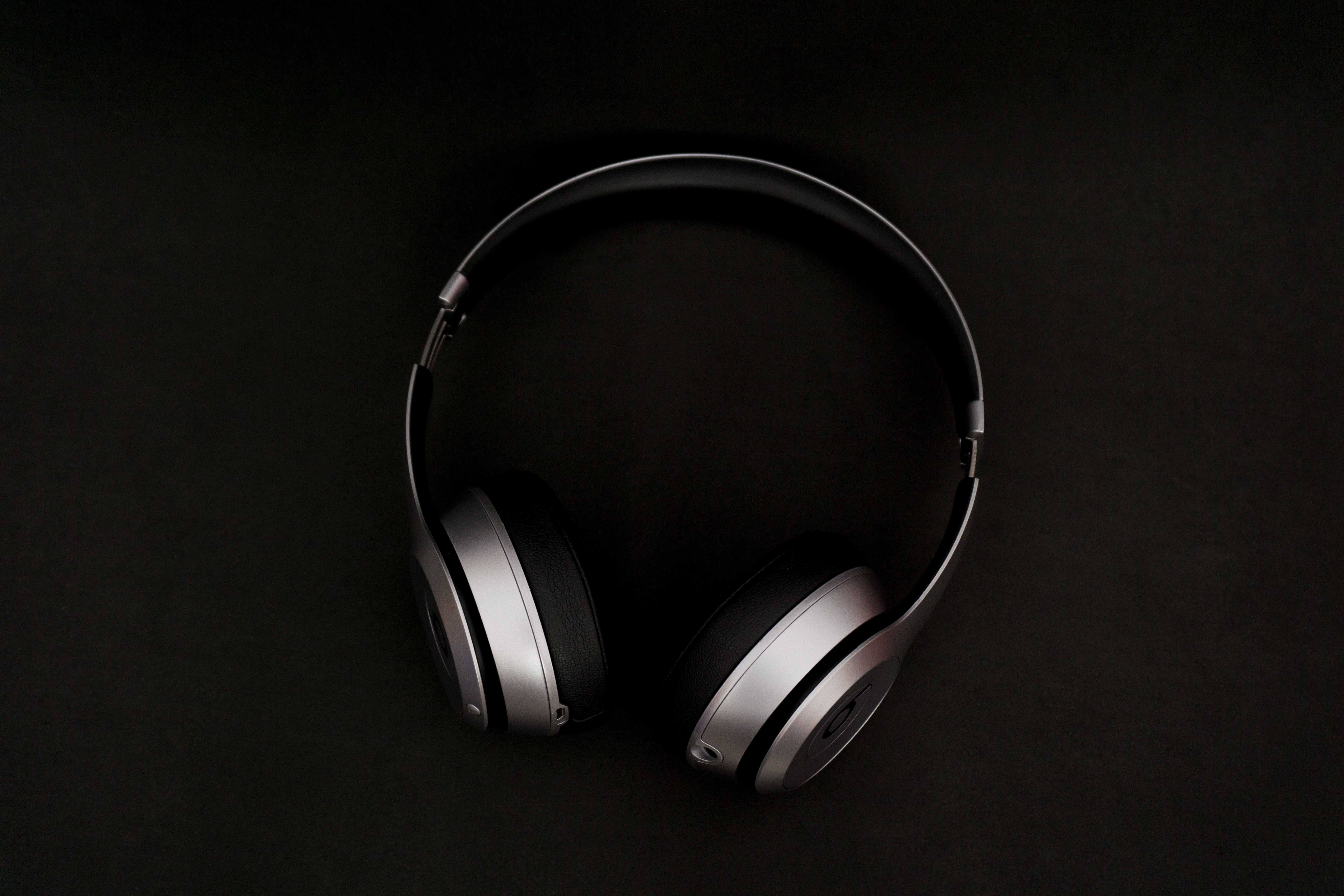Do noiseless cars exist? How about noiseless lawnmowers? Can we make dishwashers that run silently? How about noiseless aircrafts? Answers to these and other questions that might get asked in the years to come, border around the concept of noise cancellation.
I mean, just imagine how wonderful it would be to have a lawn mower that mows the lawn and doesn’t cause a noisy scene while at it; that would be a lawn mower that has noise cancellation embedded in it.
What is noise cancellation and how did it start?
Broadly speaking, noise cancellation can be expanded to accommodate all processes that help to somewhat reduce, or completely eliminate noise.
It all started in Germany in 1933 when Paul Lueg, a doctor of philosophy and medicine, realized that he could cancel sounds around a loudspeaker by using phase-advancing waves to cause interference at specific points in space.
Lueg’s idea was groundbreaking but he lacked the equipment required to translate his idea into something that can be used by the general populace.
Nonetheless he laid down the foundations of what we know today as Active Noise Control.
[demo]
Types of noise cancellation
Generally, there are 3 types of noise cancellation – active, passive and adaptive.
Many times, these terms get confused with one another, it’s true that they are all out to achieve the same goal but the route they take differs and knowing how each of them works can help us decide on which one will best suit our purpose.
Active noise cancellation
Suppose you’re at a factory and everything is bustling, you’re under a prolonged exposure to the noise from a dizzying assortment of machinery. The noise is constant, continuous and unrelenting.
How does active noise cancellation help you get rid of this cocktail of annoying sounds?
There’s a lot of long-winded scientific explanation surrounding this process, but I won’t take you through it because I don’t want to put you to sleep.
Here’s a short and straightforward version:
Active noise cancellation technology first detects (hears) the noise from your immediate environment, it then analyzes the noise to break it into its component machine-readable parts called the sound waves.
Afterwards, it produces an anti-phase sound wave of equal magnitude but an opposite shape and feeds it back into your headphones to cancel the ambient noise.

One headphone enthusiast put it in pretty simple terms:
If the ambient noise (an airplane engine, say), is +1 the headphones would create and add -1 so your ear hears 0 (i.e. no noise).
Well, if that’s the case, the audio entertainment you’re listening to should also disappear after getting cancelled, right? Since whatever audio you’re listening to is also made up of sound waves.
That’s a fine logic, but fortunately, noise cancelling headphones are safe.
How so? The microphone that picks up the external noise is located on the outside of your headphones so it only detects and cancels external noise.
Adaptive noise cancellation
This is a relatively new term in the noise cancellation space. It is quite similar to Active Noise Cancellation but they aren’t entirely the same thing.
Just like active noise cancellation, adaptive noise cancellation also uses negative noise to cancel the positive noise in a noisy environment. But where they differ is, adaptive uses advanced algorithms (computer language) to detect the noise around you and produces near-perfect noise cancellation to best match your environment.
According to research from Beats LLC, a company that produces headphones and speakers, “Adaptive Noise Cancellation also evaluates fit and adjusts for leakage caused by hair, glasses, the shape of your ear, and movement of your head as you go about the day”.
Additionally, ANC simultaneously checks what you’re hearing while noise cancelling is applied against the original audio content to adjust and ensure optimal audio fidelity.
Passive noise cancellation
This is also known as noise isolation, it is the simplest method of noise cancellation.
How does it eliminate noise?
There are many different ways by which people achieve passive noise cancellation, but there’s one central idea that’s common to all of them:
There has to be a physical barrier that prevents the noise from entering into and assaulting your ears. It’s easy to wrap your mind around this concept. Just think about the process of sticking your fingers into your ears when you want to muffle the noise around you. Do you get the picture? Great!

Headphones and earphones are trying to achieve a similar effect but they take it a notch higher. Some, designed to work in-ear, are made up of foam that can be squeezed so as to make a perfect seal with your ear canal.
Others designed to work over-the-ear, are made up of acoustic padding that make a good seal with your outer ears thereby blocking out noise. You can learn about all headphone types to make sure you choose the right pair of noise cancelling headphones for you.
How much noise cancellation is achieved depends on how strong the seal is between your ears and the device.
What type should you go for?
There is no clear-cut answer to this question, it depends on a number of factors viz: what kind of noise you’re trying to eliminate; how much money you’re willing to spend; what size of headphones you’re comfortable with.
So depending on your unique circumstances sometimes your best bet is the good old passive noise cancellation. At other times it’s the active one and sometimes it could be the adaptive one; and it could even be a combination of any two.
So, if you work in say, construction where at any point in time there’s a jack hammer drilling away at concrete. Here’s where active noise cancellation might be the best for you.
If you live close to an event center and there’s always a concert every other day, you might want to invest in passive noise cancelling.
If you’re a factory supervisor and you have to move around the factory and get exposed to a confusing assortment of continuous noises you might want to invest in the adaptive noise cancelling.

Finally, if you work in a noisy office, you can definitely make use of active noise cancelling headphones and upgrade it with a noise cancelling app. This way you will be able to accept calls and conduct remote conferencing sessions from your noisy place. Using Krisp will help you cancel noise on both ends of the call.
Wrapping up
Knowing the inner workings of how noise gets eliminated from your earphones can significantly help when choosing which noise cancelling solution to use at any point in time.
Now that you’re aware, I’m hoping you’ll make better choices when shopping for a noise cancellation solution.


